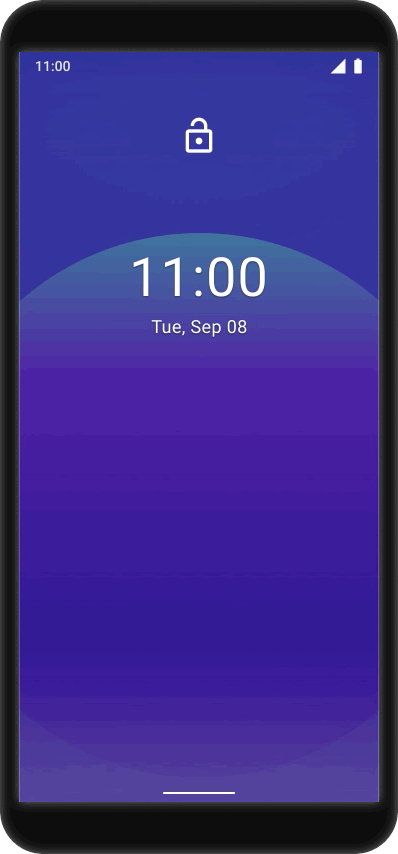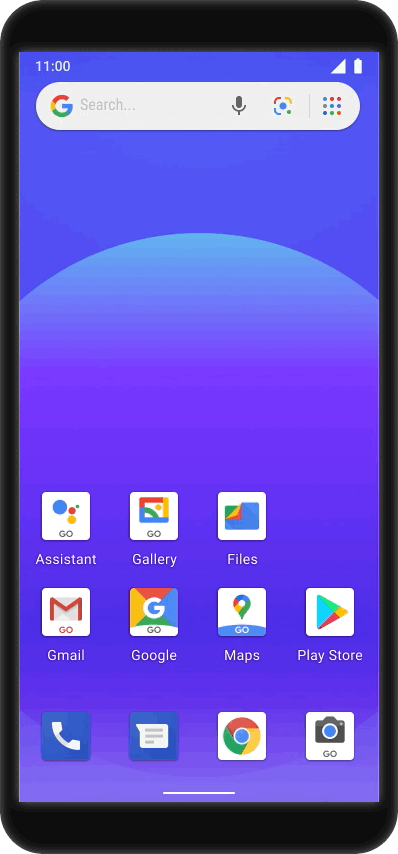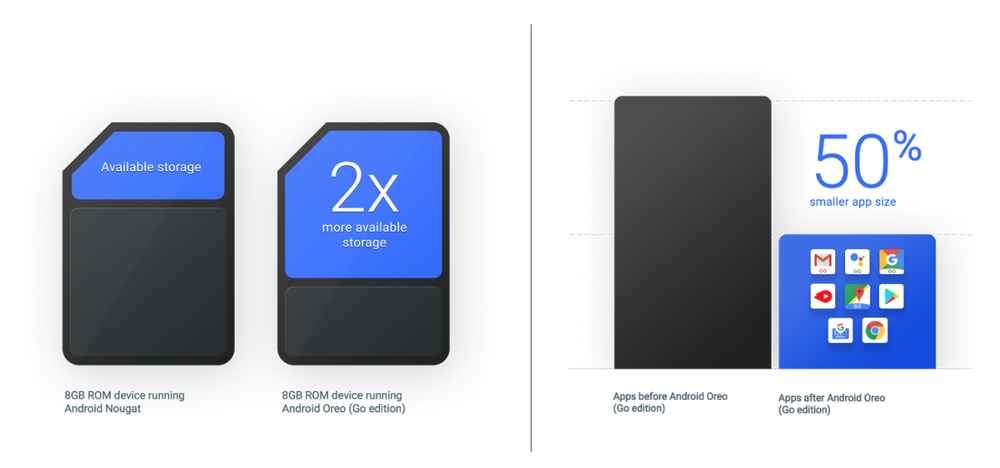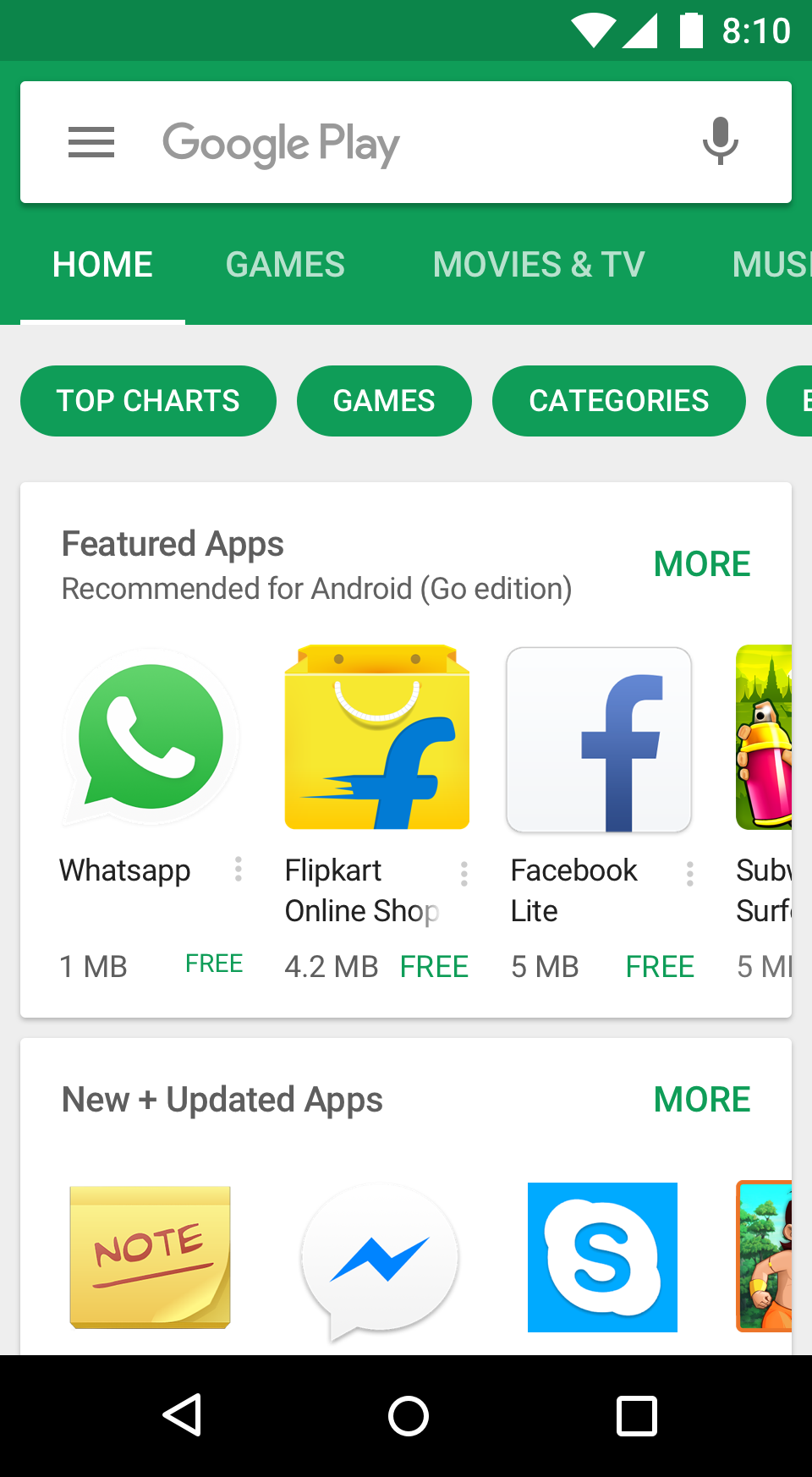Wherever you are and whatever you're doing, technology should work for you. This week during a virtual CES and Galaxy Unpacked, we were introduced to a lineup of new products that do exactly that, all with the best of Google built in.
Whether you're heading out or staying in, there's something new for you to get excited about.
When you’re on the go
The new Galaxy S21 series comes with a more cohesive Android experience and updates that make it easier to stay in touch with friends and family. From your phone, you can now mirror Google Duo to your Samsung TV, so video calls feel a little more like the real thing. With the Messages app, you can use Rich Communication Services (RCS) to chat over Wi-Fi, know when messages are read, share reactions as well as high resolution videos, and enjoy a more dynamic communication experience with features such as Smart Actions and spam protection (varies by carrier and market availability). A single swipe from your home screen will give you the option for personalized content with Discover, while our screen reader TalkBack has been revamped so that people with blindness or trouble seeing their displays can use spoken feedback and gestures to navigate their phone without having to look at the screen (varies by carrier and market availability).
We’re also working with Samsung to make it easier to manage smart home products from your device. You can control Nest devices, like Nest thermostats, cameras and doorbells, from the SmartThings app on Galaxy smartphones and tablets. See all your connected devices on one screen by tapping on "Devices" in the Quick Panel of the Galaxy S21. Starting next week, SmartThings will also be available in Android Auto, so you can do things like turn off your kitchen lights from your car’s display as you pull out of the driveway.
For parents who want a productive tablet that can easily be shared with their kids, the new Lenovo Tab P11 comes with Kids Space, our new kids mode that features recommended apps, books and videos to help kids under 9 learn and have fun.
And to get help from your wrist, new Wear OS by Google smartwatches keep you connected wherever you are. For Android phone users in the U.S., you can send texts and make calls on Fossil's Gen 5 LTE Touchscreen Smartwatch without your phone. And Michael Kors Access Gen 5E MKGO and Gen 5E Darci smartwatches are a fashionable option for keeping track of your health and wellness, staying in touch with friends and family and even making payments.
You’ll even be able to leave your phone in your pocket when you’re outside. New headphones, including the JBL Tour ONE and Tour Pro+ and Kenwood WS-A1G come with help from Google. Simply press the earbud to send a message, access your calendar or change songs.
Of course, for those times when you’re perfectly happy...
Hanging out at home
Google TV will be available on 2021 smart TVs from Sony and TCL. Google TV is a new entertainment experience that brings together movies, shows, live TV and more from across your apps and subscriptions and organizes them just for you. You can ask “Hey Google, find action movies” or “show me sci-fi adventure TV shows” and browse a wide selection of content with your voice. In fact your voice can be used in all sorts of ways: Your LG TV (from 2019 models) can now be controlled by a Google-enabled smart speaker in 15 countries and six languages. You will also soon be able to control your Verizon Fios set top box by voice when connected with a Google-enabled smart speaker or Smart Display. And to do more on your TV, you can stay connected with your loved ones with one-on-one or group video calls with the Duo app on Samsung TV (an optional USB-camera needed).
New connected lights from LIFX, Nanoleaf and Yeelight now work with Hey Google. These new devices support Seamless setup, which makes it possible to connect compatible smart home devices directly through the Google Home app and a Nest speaker or Smart Display without the need for an additional hub or bridge.
If you’re looking for an assist with cleaning up around the house, you can just say “Hey Google” to control the Smart MEDION’s vacuum cleaner MD 19601. To help more manufacturers bring voice capabilities like this to their smart home devices, we also recently launched the Authorized Solution Provider program. Our certified partners Tuya and CoolKit can now help manufacturers build smart home Actions for Google Assistant.
Whatever new device you pick out, Google will be there to help you get things done and get the most of your tech.




